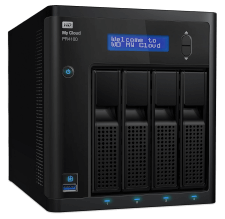UPnP
Stands for "Universal Plug and Play."
The concept of "Plug and Play" describes computer peripherals that work right away when plugged in with no setup needed by the user, and UPnP applies that concept to network devices. UPnP is a set of networking protocols that helps new devices communicate over a local network without manual configuration. Devices can discover each others' presence across the network and automatically establish connections.
UPnP works over both wired (ethernet) and wireless (Wi-Fi and Bluetooth) connections. Once a UPnP device connects to the network, it receives an IP address from the router using DHCP and announces its presence to the network. Other UPnP devices see this announcement and respond by exchanging information like manufacturer, device type, and the networking services they support. After this introduction, UPnP devices can listen for event notifications from other devices and send each other commands. Finally, a UPnP may give the network's router port forwarding instructions to help it send and receive data.
UPnP AV is a version of UPnP that enables easy setup of multimedia devices on a network. It uses the same protocols as UPnP to help media servers and playback devices find each other with minimal configuration by the user. A media server stores and manages multimedia content and shares it over the network. Televisions, set-top boxes, and other devices connected to the network can browse the media library on the server and stream its music, movies, and TV shows.
While UPnP is convenient, it also introduces some security risks. Internet-accessible UPnP devices running outdated or unpatched firmware may be vulnerable to exploits, making them tempting targets for hackers to gain a foothold into a network. UPnP devices may be poorly configured by the manufacturer, using a weak default admin password or opening more ports than necessary. It is wise to keep device software and firmware up-to-date and properly configure your network firewall and router. If you don't need to use UPnP for your network, it may be a good idea to disable it on your router entirely.
 Test Your Knowledge
Test Your Knowledge